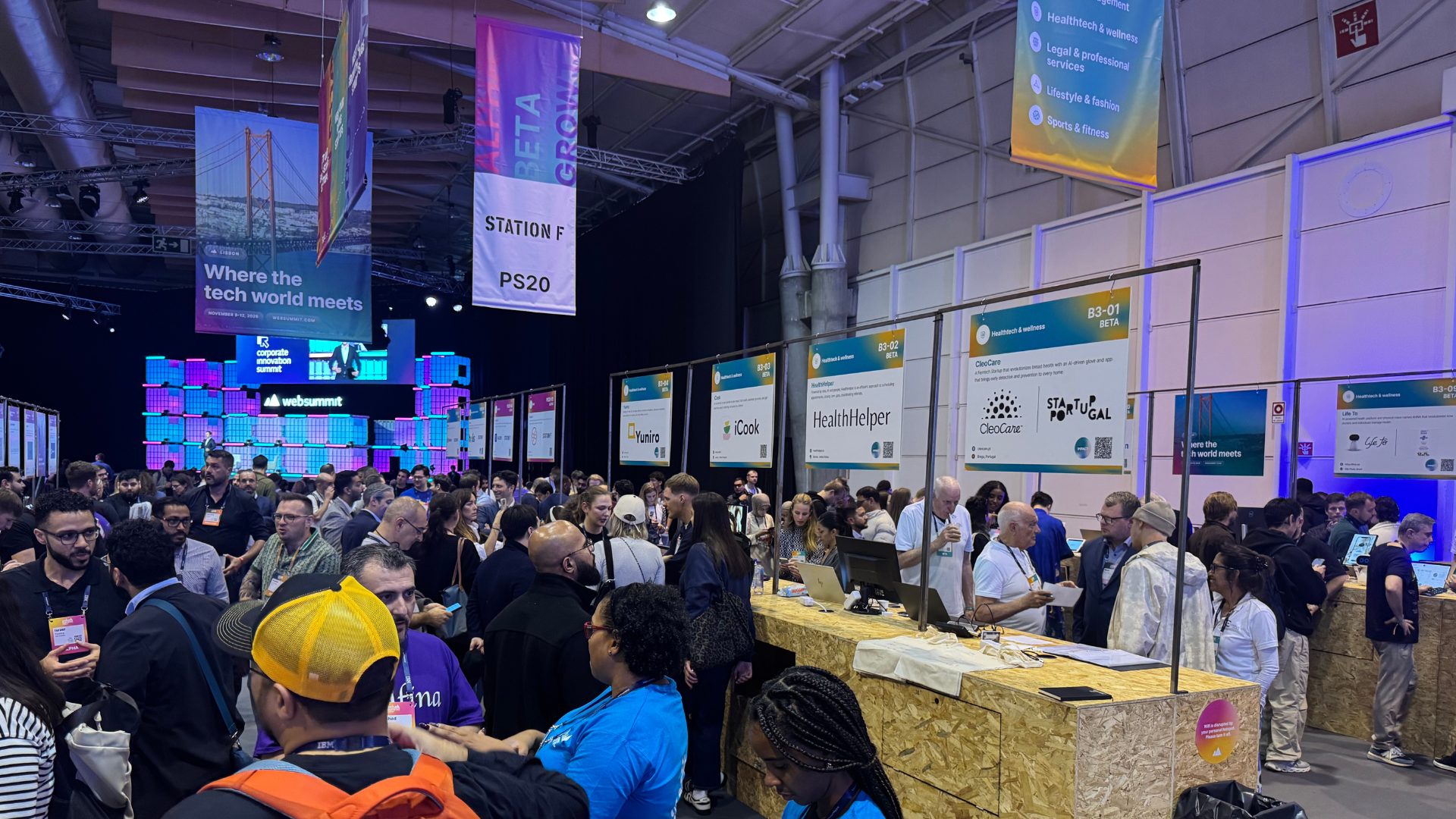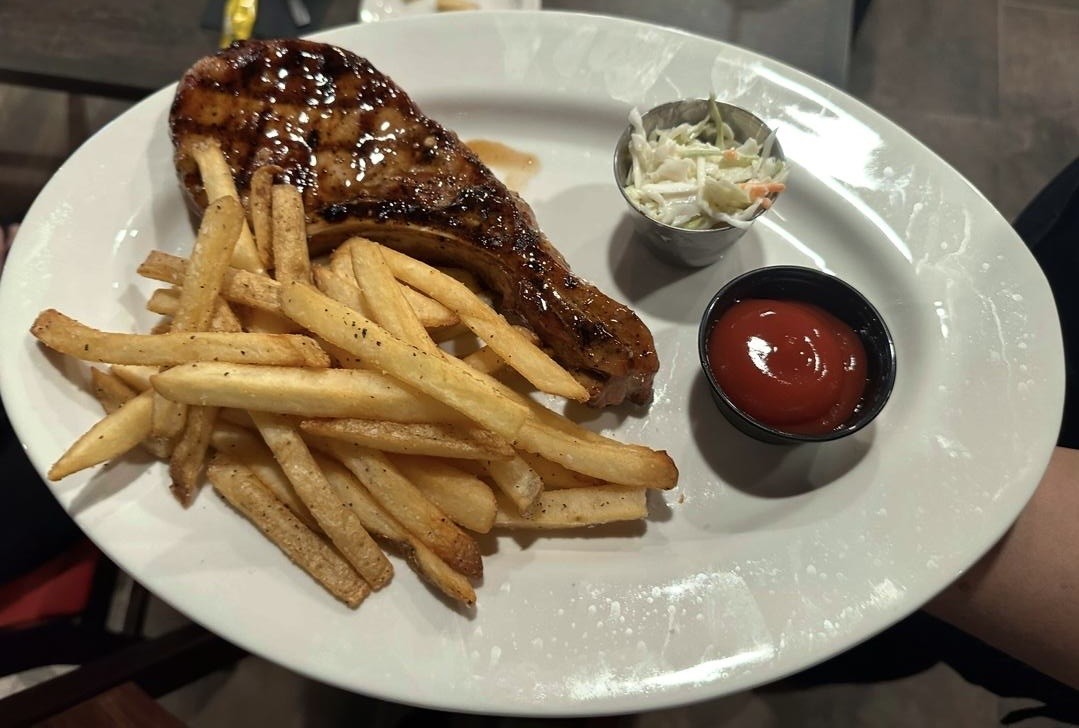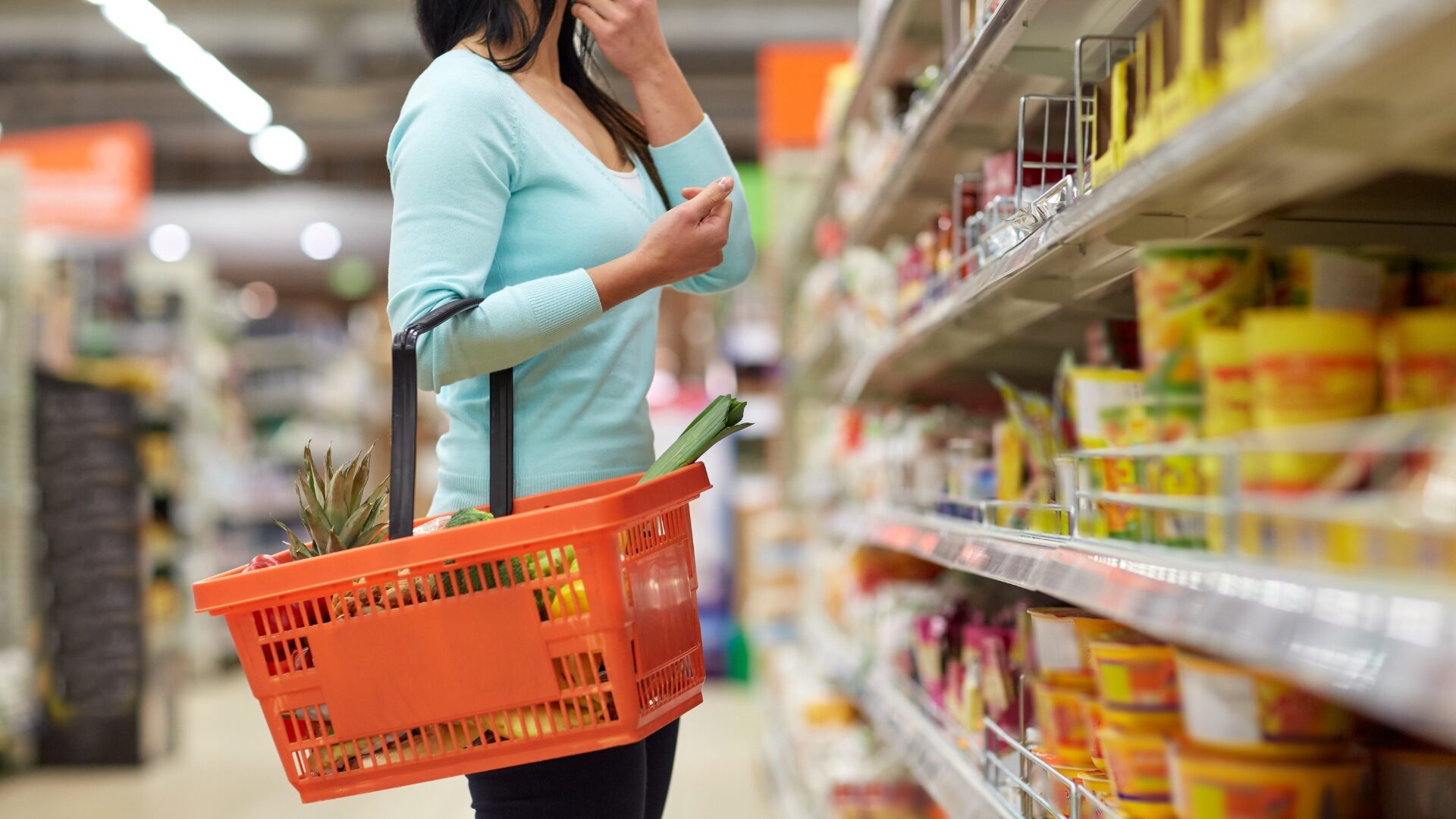The growing use of GLP-1 weight-loss drugs makes it imperative for the food industry to rethink portion size and nutritional value, research from Circana shows. Experts told The Food Institute the new approaches will need to be nuanced to address the needs of varying consumer segments.
The use of GLP-1s will result in consumers that are likely to want to hold on to their new svelte selves, meaning food manufacturers will need to redefine such segments as snacking. Additionally, in a GLP-1 world, restaurants will need to rethink what constitutes a meal.
Circana’s report predicts use of GLP-1s will increase from 23% of U.S. households now to 35% by 2030.
Sally Lyons Wyatt, global executive VP and chief adviser for consumer goods and foodservice insights at Circana, told FI GLP-1 users are buying “higher-protein, fiber-rich, and healthy-fat items while cutting back on high-carb and sugary foods,” and shifting those dollars to self-care categories like skin care, fragrance and makeup.
But they still like to go to restaurants.
“Casual dining has experienced the largest increase among weight-loss users. Some foodservice operators are experimenting with GLP-1 menus and finding success,” Wyatt noted. “For example, females under age 44 drove recent growth in GLP-1 options offered by the Smoothie King chain.”
Sarah-Marie Cole, co-founder MyCompanionBox – a soon to be launched discover box of support products for those taking GLP-1 meds – said she expects portion options to be added to menus to accommodate people trying to manage their weight without wasting food or taking the risk of eating too much.
“I believe we will begin to see healthier items on menus (meals that balance protein and fiber) come with portion options. Hello to one more icon for menus that represents the option,” Cole said, adding that an extra benefit to consumers could come in the form of variable pricing depending on which option is chosen.
At the grocery store, Cole sees the expansion of wellness aisles stocking protein, fiber and hydration items.
“From a grocery perspective, bundling has big potential,” Cole said. “The wellness aisles have big potential to create GLP-1 support sets.”
A recent study of 500 current and former GLP-1 users by Tate & Lyle showed that taste and texture played a major role in evolving preferences, showing indulgence can be redefined, rather than eliminated. Researchers said success in navigating this area depends on more than just nutrition: It’s about creating “memorable experiences that consumers choose time and again.”
“For food and beverage manufacturers, GLP-1 has created exciting opportunities, driven by a greater interest in healthier formulations and choices,” the study noted, dividing respondents into three categories: GLP-1 users, former users and non-users.
The Circana report found that after discontinuing the medication, weight-loss patients tended to continue their new food-purchasing habits but there was some rebound purchasing in the beverage, refrigerated and freezer aisles.
Those surveyed said cost was a driving factor in going off the medication, but half said they would consider restarting in the future, indicating “a sustained impact on the market as consumers move in and out of active medication use but retain the health-conscious behaviors they adopted,” Circana said.
Food for Thought Leadership
This Episode is Sponsored by: Performance Foodservice
How important is it as a food distributor to build a brand for foodservice – especially since consumers may never see or recognize it? Mike Seidel, vice president of procurement at Performance Foodservice Corporate, shares how the company views the development of its existing foodservice brands, including Roma and Contigo, and how they helped in the creation of its most recent Mediterranean concept Zebec.











